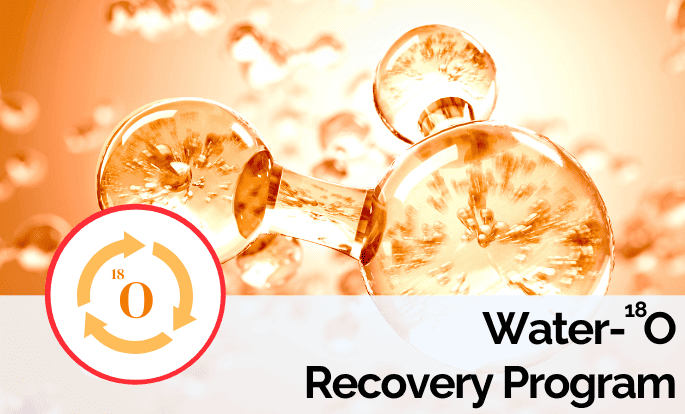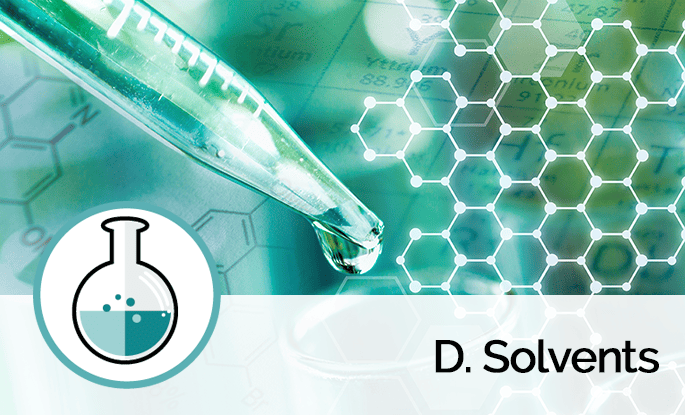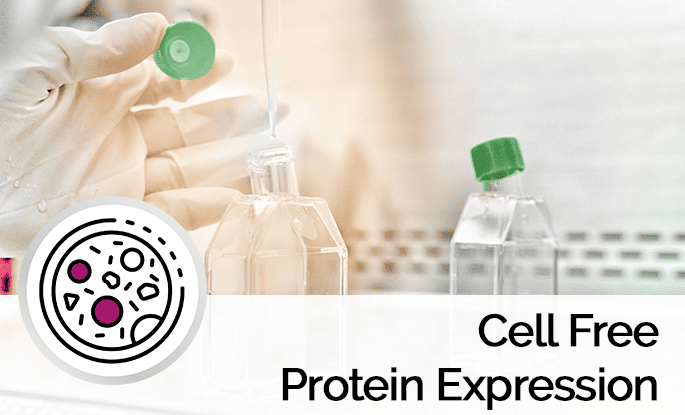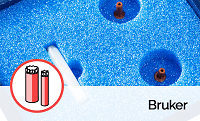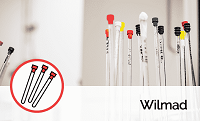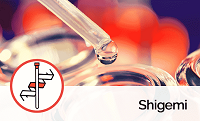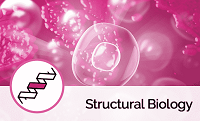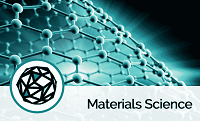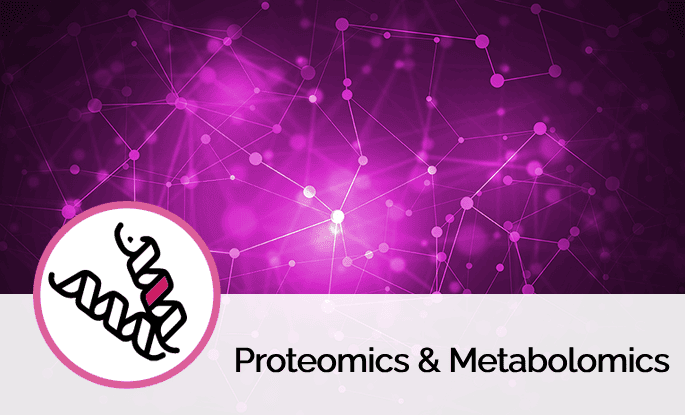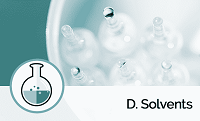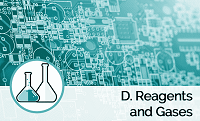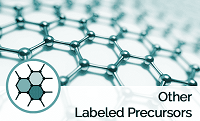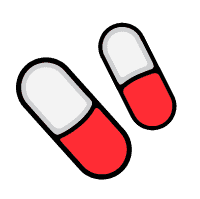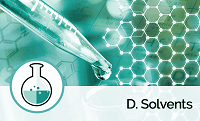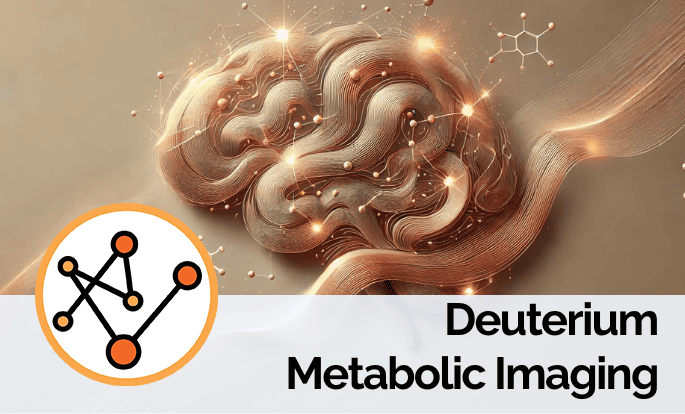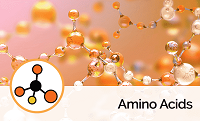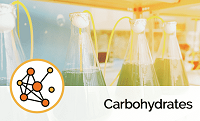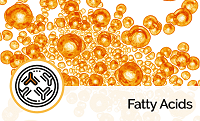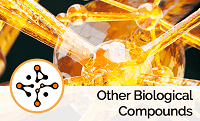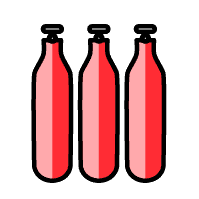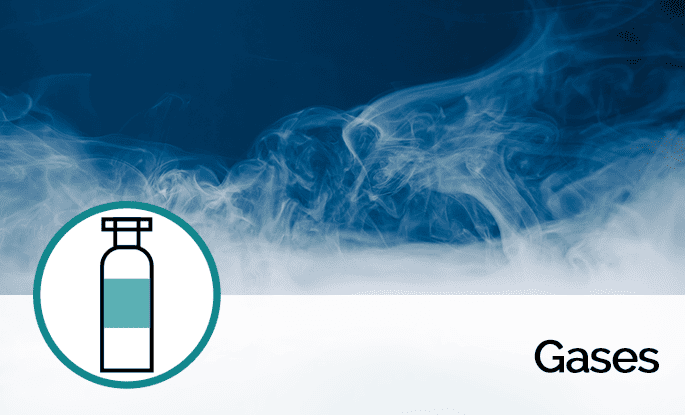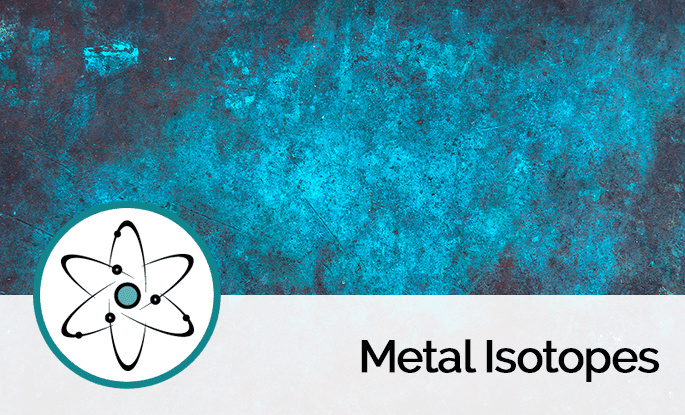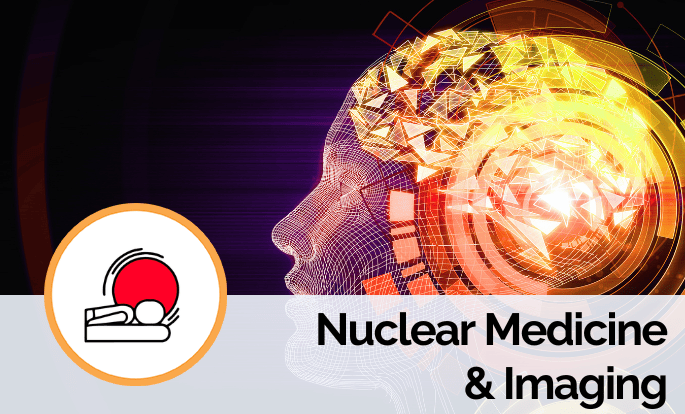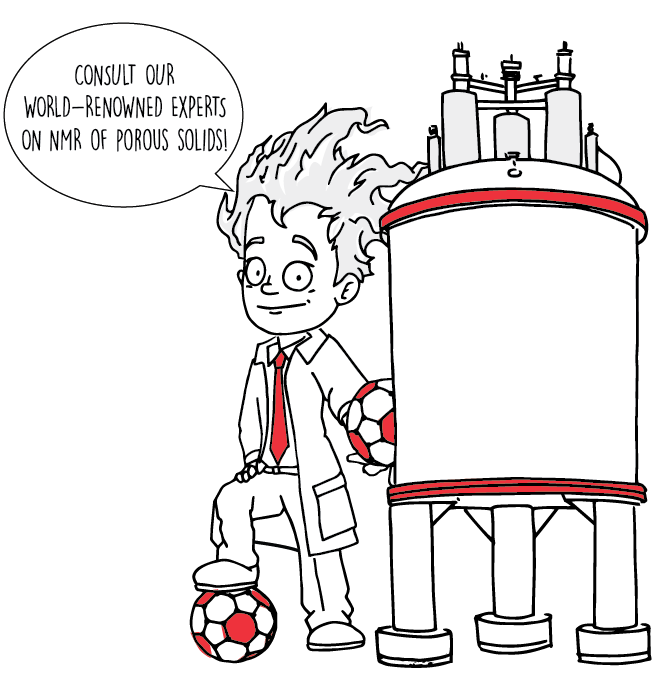Mesoporous and microporous solids are characterized permanent ordered porosity that confer them important applications at industrial scale in catalysis, molecular sieving, ion exchange, gas separation, drug delivery, sensing, etc.
Mesoporous silicas and zeolites are silico(alumino)silicates with well-defined pore shapes and sizes. Over 250 zeolite frameworks have been reported so far. Their structure, active sites and properties can be explored by 29Si (~ 4% natural abundance), 17O (< 0.04% natural abundance) or 27Al solid-state NMR spectroscopy, in complement to X-ray diffraction and IR spectroscopy.
For enhanced sensitivity of NMR experiments, 29Si isotopes can be incorporated in the zeolite frameworks by employing 29Si-TEOS as synthesis precursor, while 17O can be incorporated by 17O exchange through 17O2(g) or H217O. Using this strategy, detailed mechanistic information about zeolite synthesis (figure below) have been obtained.
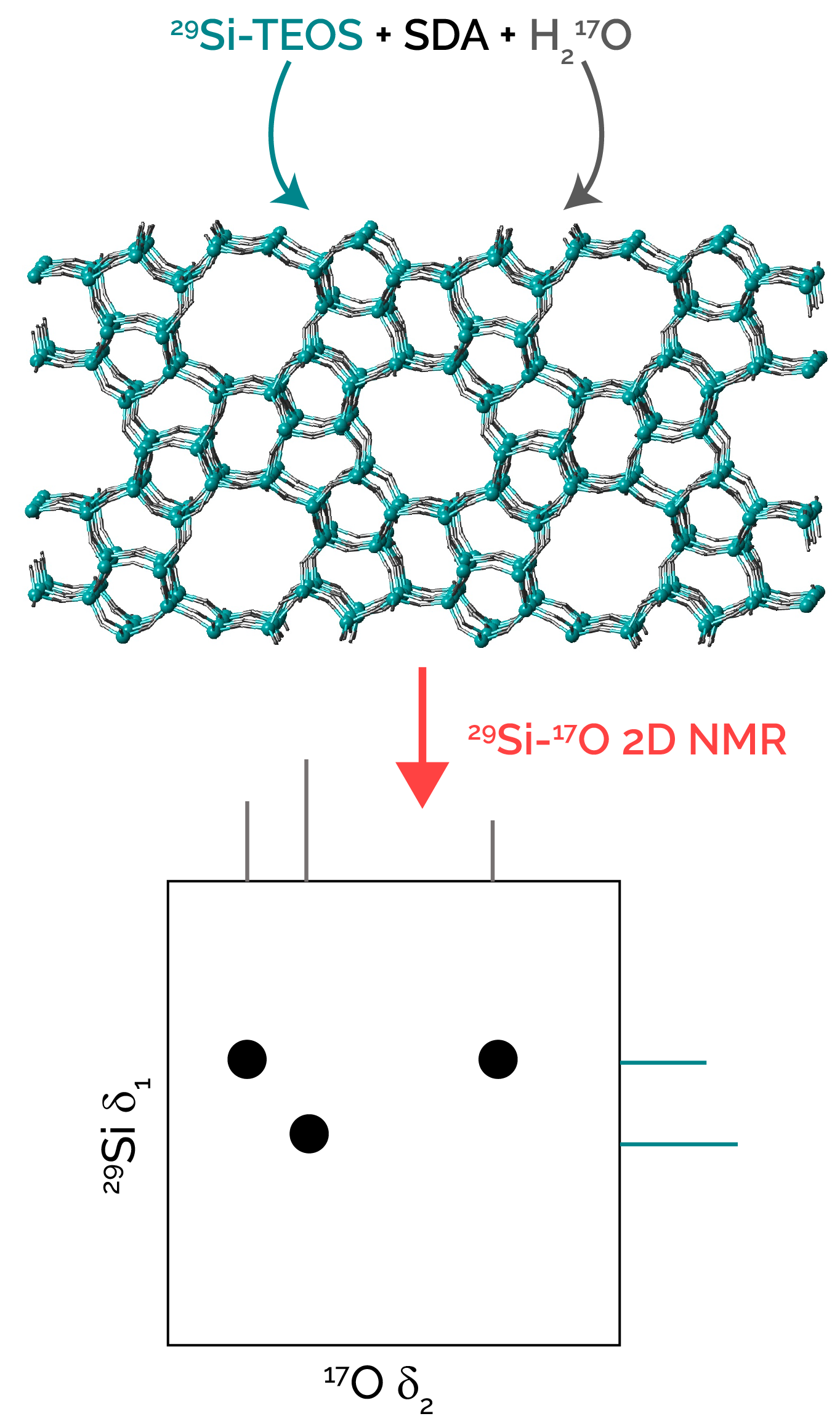
Possible 29Si/17O labeling scheme of a zeolite, essential step to obtain 29Si-17O 2D MAS NMR spectra in reasonnable amount of time.
Mesoporous aluminas are characterized by high surface area and excellent mechanical properties. Hence, those materials are commonly used as catalysts and catalysts supports. Their local structures are usually investigated by 27Al solid-state NMR and IR spectroscopy. Recently, the use of 17O-Al2O3 was introduced as an alternative solution to probe alumina active sites.
Metal-Organic Frameworks (MOFs) are crystalline microporous solids characterized by a unique structure consisting in inorganic nodes connected to each other by polytopic organic linkers. To date, tens of thousands of MOFs have already been reported in the literature. Their structure, active sites, dynamics and properties can be explored by solid-state NMR spectroscopy.
- NMR data from the organic moieties (13C, 15N) gives information about the state of the linker after the synthesis, its connectivity to the metals, its functionalization and dynamics (2H);
- NMR of the metal and/or the bridging oxygen (17O) gives information about the coordination mode of the metal and its linkage to the organic part;
- Properties of adsorbed gases can be probed, e.g., variable temperature NMR of adsorbed 17CO2, 129Xe, etc.
Isotopic enrichment is often required for NMR characterization of MOFs containing metals of low natural abundance. Typically, 43Ca, 25Mg, 67Zn, introduced in the synthesis as metal oxides or salts. The organic linker can be fully or specifically labeled with 13C, 17O, 15N or 2H.
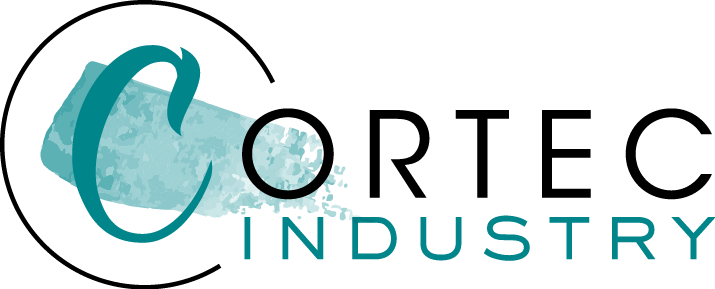
Cortec Industry is pleased to offer a wide variety of enriched precursors for the synthesis of porous materials:
- 29Si-TEOS, 17O-Alumina
- 17O source: 17O2(g), H217O with various isotopic enrichment
- Metal sources: 43Ca, 25Mg, 67Zn, 87Sr as salts or oxides
- Various organic linkers fully or specifically labeled with 13C, 17O, 15N or 2H.
- Gases: 129Xe, 13CO2, C17O2, 13CO, C17O, 13CH4 or other alkanes, 13C2H4 or other alkenes, etc
Cortec Industry can also provide mixtures of gases of your choice!



